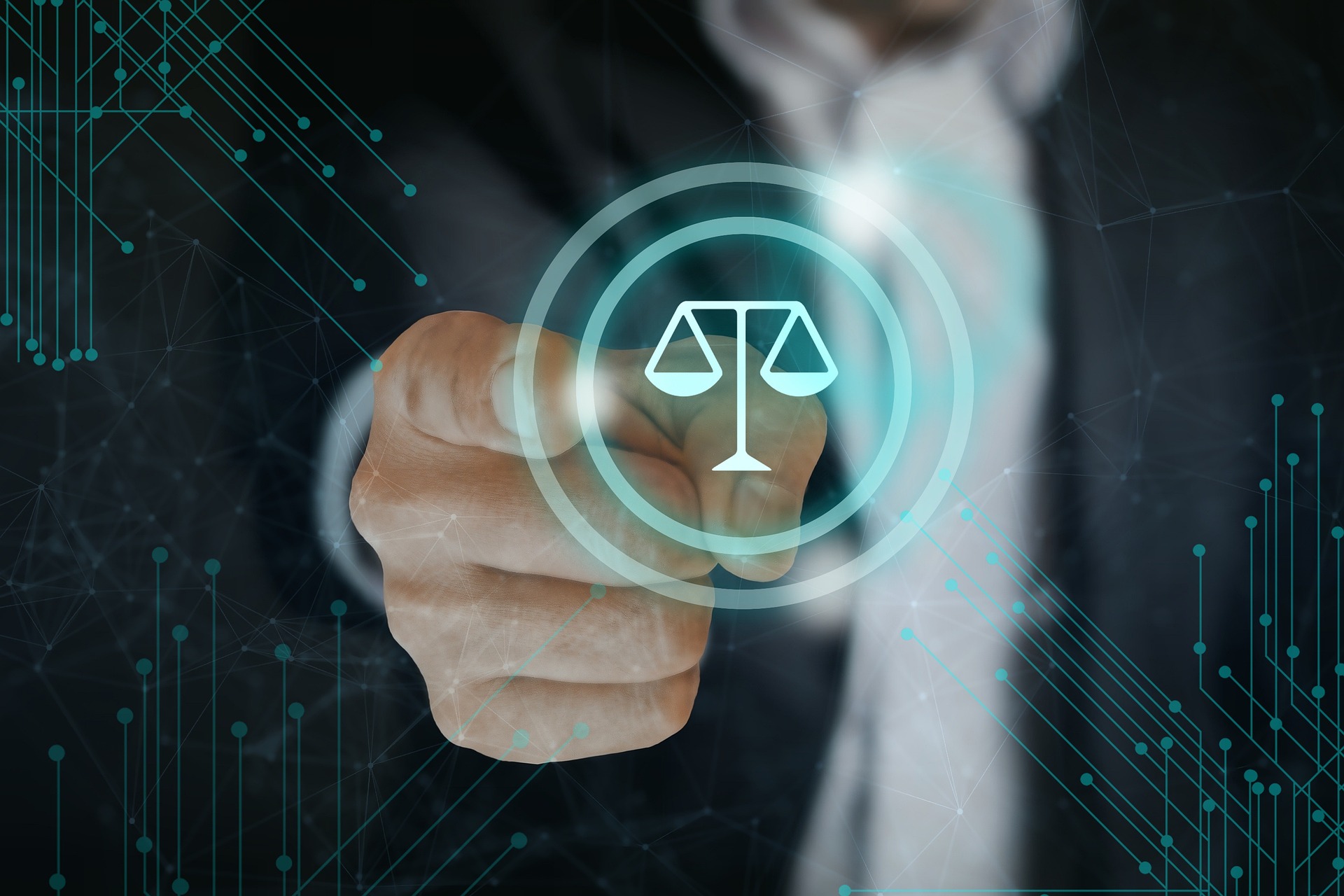The Role and Impact of Executive Orders in the U.S. Legal Landscape
The use of executive orders by U.S. presidents has long been a topic of discussion and controversy. This article delves into the historical context, current trends, and societal implications of executive orders, providing an in-depth analysis of their role in the U.S. legal landscape.

A Historical Overview of Executive Orders
Executive orders are directives issued by the President of the United States that manage operations of the federal government. The legal authority for executive orders comes from the Constitution, but the Constitution does not explicitly define these orders. The first executive order was issued by President George Washington in 1789, and since then, every U.S. president has used them to various degrees. Some of the most impactful executive orders include President Lincoln’s Emancipation Proclamation and President Roosevelt’s order authorizing internment camps during World War II.
The Legal Basis and Limitations of Executive Orders
Executive orders have the force of law, based on the executive power vested in the president by Article Two of the Constitution. However, they are subject to judicial review and can be overridden if found unconstitutional. In 1952, the Supreme Court ruled in Youngstown Sheet & Tube Co. vs. Sawyer that President Truman’s order to seize steel mills during the Korean War was beyond his constitutional powers, setting a precedent for judicial checks on executive orders.
Executive Orders in Recent Years
In recent years, executive orders have become a prominent tool for presidents to implement their agendas, especially when facing congressional opposition. For instance, President Obama used executive orders to enact changes in immigration policy, while President Trump used them to undo many of Obama’s orders. The increasing use and reversals of executive orders have led to debates about their effectiveness and stability as policy tools.
The Impact and Implications of Executive Orders
Executive orders can have far-reaching impacts on society. They can affect a wide range of issues, from civil rights to environmental policy. However, their reliance on the sitting president makes them potentially unstable, as a new president may choose to overturn them. This instability can lead to uncertainty and inconsistency in policies.
Balancing Executive Power and Democratic Principles
The use of executive orders raises questions about the balance of power in the U.S. government. While they allow for decisive action in times of crisis, they also bypass the legislative process, which some argue undermines democratic principles. Striking a balance between effective governance and maintaining democratic checks and balances is a key challenge in the ongoing debate over executive orders.
The role and impact of executive orders in U.S. law and society are complex and multifaceted. As their use continues to evolve, understanding their historical context, legal basis, and societal implications is crucial in navigating the U.S. legal landscape.




